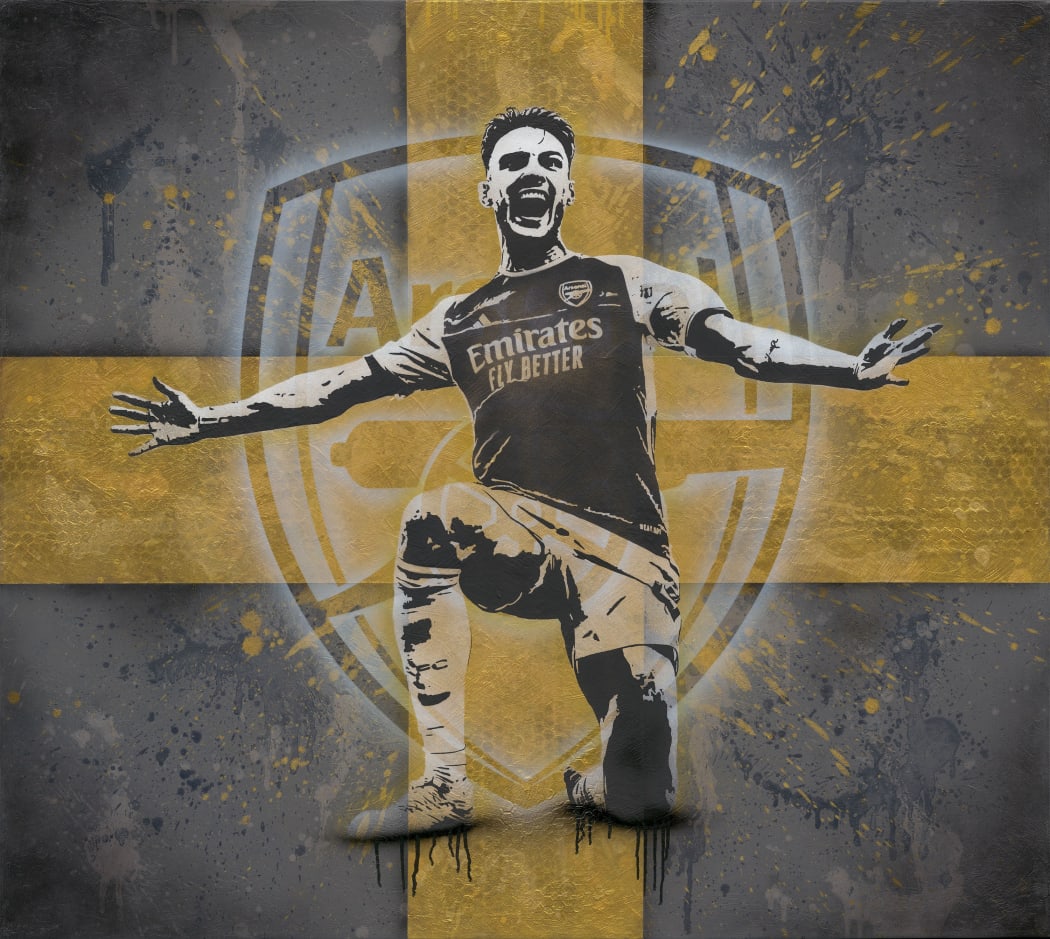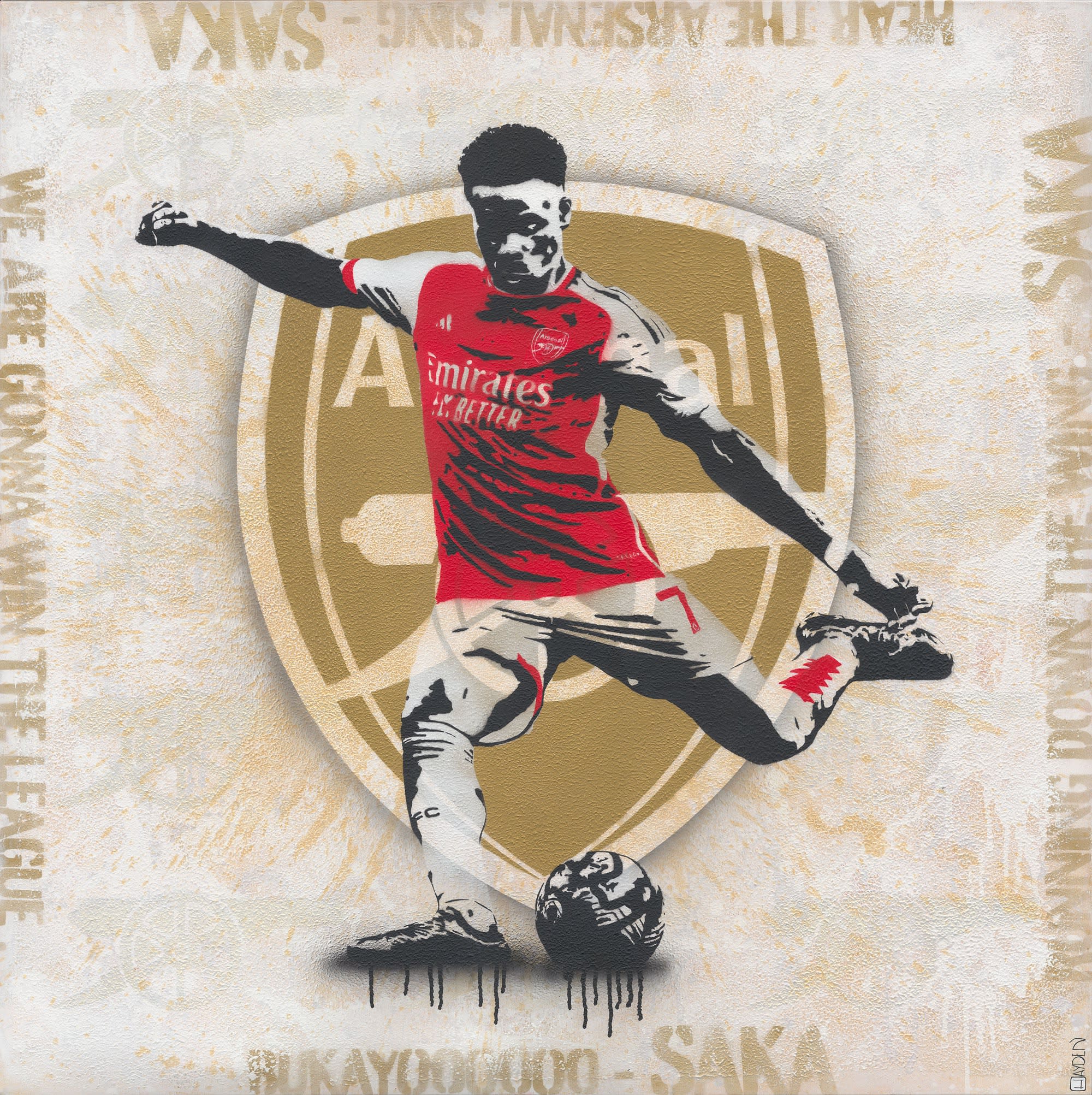
From the emotion of a last-minute goal to the focus in a player’s eyes, football portraits capture the raw humanity of the game. Whether you’re an emerging artist or just football-obsessed and creatively curious, creating a football portrait is an expression of passion. In this post, we’ll explore the steps behind painting footballers, from initial concept to final touches, from hyperrealistic football paintings to stylized athlete sketches.
Step 1: Choose Your Subject
Start with a footballer who inspires you. It might be a legendary icon like Thierry Henry, or a current hero such as Bukayo Saka. Creating famous footballer paintings begins with a certain admiration for the player: their story, their presence, their movement on the field.
Step 2: Decide on a Style
Are you aiming for hyperrealism, bold pop-art, or something looser and more expressive? The style you choose will determine your materials, process, and overall tone.
Sports portrait tips: While you might not have live models available, it is helpful to reference high-resolution images or match footage to understand your subject from multiple angles.
Step 3: Sketch the Foundation
Begin with light pencil lines to lay out facial structure, expression, and jersey details. Use proportion guidelines to place the eyes, nose, and mouth – key for capturing athlete expressions that feel alive and accurate. Keep your initial sketch loose and adaptable. When painting footballers, especially in action, remember that athletes are dynamic figures. Their posture and gestures in movement are characteristic of their personality.

Hayden Bone, "Saka #2", 2024
Step 4: Master the Lighting
Portrait lighting techniques can give your piece volume and realism. Decide whether you're using natural lighting, dramatic contrast (like chiaroscuro), or stadium-style artificial light.
-
Observe how shadows fall across the face during a match.
-
Pay attention to eye highlights, sweat glints, and jersey reflections.
These elements elevate the emotional intensity of your football portrait art.
Step 5: Add Color and Depth
Depending on your medium – oil, acrylic, watercolor, or digital – begin layering in skin tones, jersey colors, and background elements. Use a limited palette to unify the image, or go bold with team colors for maximum visual impact. Use color temperature (cool shadows vs. warm highlights) to enhance dimensionality.
Step 6: Focus on the Details
Details make the difference: the stitching on the kit, the texture of the ball, the gleam of stadium lights. Seeming subtleties such as these can distinguish an amateur feel from professional-looking football artwork. Don't forget emotion. The tension of a goalkeeper. The scream after a goal. The exhausted slump at full-time. These are stories worth telling.
Step 7: Sign It and Share It
Whether you’re posting your work online, entering an exhibit, or looking to sell, the final step is to proudly own your work. Creating portraits of footballers isn’t just about likeness, but about passion. The best football portrait art communicates something beyond technique: it captures what it feels like to be part of the game. Keep exploring, keep observing, and keep creating.
To get inspired, learn more about Hayden Bone, the Arsenal's officially licensed artist, and browse his Arsenal artworks.
